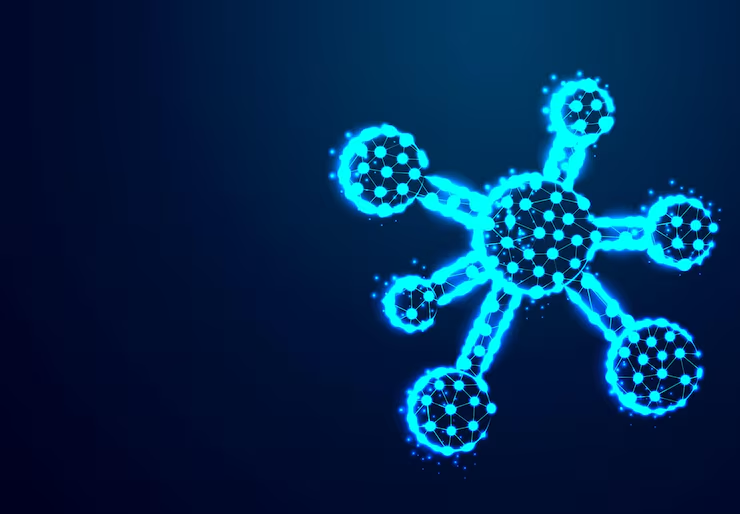Nano-ferrites and nano-orthoferrites powders are both fascinating materials with unique properties that make them game changers in various fields. While they share similarities, it is essential to understand their key differences to leverage their distinct advantages effectively. Let’s explore the significant differences between nano-ferrites and nano-orthoferrites powders and their implications in different applications.
Structure and Crystallography
The key difference between nano-ferrites and nano-orthoferrites lies in their crystal structure. Nano-ferrites typically possess a spinel crystal structure, where metal ions occupy specific positions within a cubic close-packed oxygen lattice. On the other hand, nano-orthoferrites exhibit an orthorhombic crystal structure, where the arrangement of metal ions and oxygen atoms differs from the spinel structure.
The structural difference between these powders affects their magnetic and electrical properties. Nano-ferrites, with their spinel structure, often exhibit high magnetic permeability, making them suitable for applications such as magnetic storage media, sensors, and electromagnetic interference shielding. Nano-orthoferrites, with their orthorhombic structure, offer unique multiferroic properties, making them promising candidates for applications in spintronics, magnetoelectric devices, and information storage.
Magnetic Properties
Nano-ferrites and nano-orthoferrites powders also differ in their magnetic behavior. Nano-ferrites are known for their ferrimagnetic properties, where neighboring magnetic moments align in an antiparallel manner, resulting in a net magnetization. This characteristic makes nano-ferrites excellent materials for magnetic applications, including magnetic nanoparticles, microwave devices, and magnetic sensors.
In contrast, nano-orthoferrites can exhibit various magnetic behaviors depending on factors such as composition and structure. They can display ferromagnetic, antiferromagnetic, or ferrimagnetic properties. The ability to tune the magnetic behavior of nano-orthoferrites opens up exciting possibilities for applications in spintronics, magnetic memory devices, and magnetic refrigeration.
Chemical Composition
Nano-ferrites and nano-orthoferrites powders differ in their chemical composition. Nano-ferrites typically consist of a combination of transition metal ions, such as iron (Fe), cobalt (Co), nickel (Ni), and zinc (Zn), along with oxygen (O). The specific combination of metal ions determines the properties and behavior of the nano-ferrite powder.
Nano-orthoferrites, on the other hand, primarily consist of iron oxide (Fe2O3) and other dopant ions. The dopant ions can modify the properties of the nano-orthoferrites, allowing for control over their magnetic, electrical, and multiferroic behavior.
Applications
The distinct properties of nano-ferrites and nano-orthoferrites powders make them suitable for different applications. Nano-ferrites find extensive use in industries such as electronics, telecommunications, energy, and biomedical engineering. They are employed in devices such as inductors, transformers, electromagnetic absorbers, magnetic sensors, and catalysts.
Nano-orthoferrites, with their unique multiferroic properties, hold promise in advanced technologies. They have potential applications in spintronics, magnetic memory devices, magnetoelectric sensors, and energy storage. The ability to manipulate their magnetic and electrical properties opens up exciting possibilities for novel device architectures and functionalities.
Conclusion
Understanding the key differences between nano-ferrites and nano-orthoferrites powders is crucial in leveraging their distinct advantages effectively. While nano-ferrites excel in magnetic applications due to their ferrimagnetic behavior, nano-orthoferrites offer multiferroic properties that are valuable in advanced technologies. By recognizing their structural, magnetic, and chemical differences, researchers and engineers can harness the full potential of these game-changing materials in a wide range of applications.





